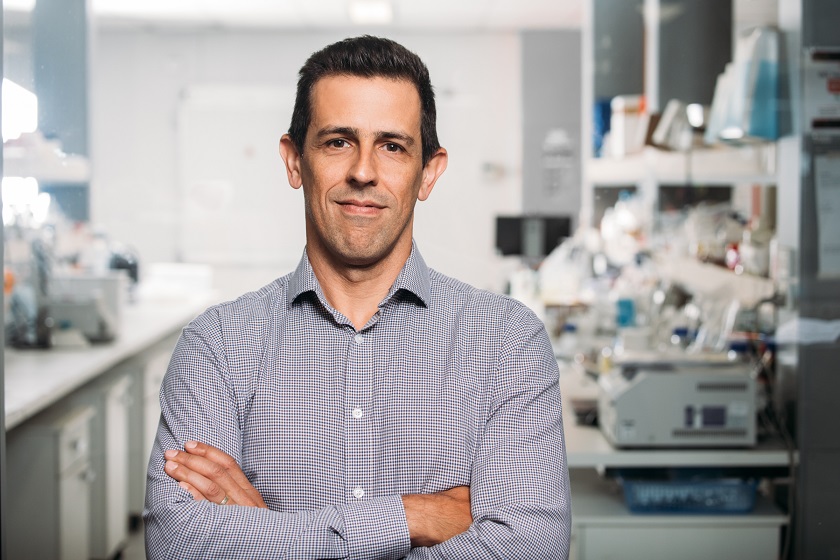Locating new government jobs in Melbourne’s existing suburban jobs hubs would generate more than $27 billion in net benefits over a 30-year period.
The Unlocking the potential: Promoting Investment in Greater South East Melbourne report found that “modest decentralisation intervention” by government would generate:
- $22.44 billion in productivity benefits
- $3.94 billion in transport benefits, and
- $1.015 billion in place/amenity benefits.
The report, commissioned by Greater South East Melbourne (GSEM), found that for every government job located in one of outer Melbourne’s existing National Employment and Innovation Centres (NEICs) or Metropolitan Activity Centres (MACs), another two jobs would be relocated by the private sector.
Report co-author William Boadle of SGS Economics & Planning said: “The work-from-home trend has seen private and public sector employees leave the CBD.
“This trend will likely invigorate the growth of start-ups that are usually excluded from the CBD by high rental and other costs – and the creative edge that comes from the formal and informal ideas sharing.
“Co-locating with other firms and government agencies and departments in National Employment and Innovation Centres (NEICs) and Metropolitan Activity Centres (MACs) will allow these firms to access the productivity and other gains that are usually associated with being located in the CBD.
“This would push up productivity in NEICS such as those at Monash, Dandenong, Sunshine and La Trobe, as well as outer Melbourne’s nine Metropolitan Activity Centres.”
GSEM is host to three Metropolitan Activity Centres (MACs) at Dandenong, Frankston and Fountain Gate–Narre Warren.
The other MACs are in Sunshine, Broadmeadows, Epping, Footscray, Box Hill and Ringwood.
Benefits of decentralisation – such as an easing of road and public transport congestion – would accrue right across the metro area, Mr Boadle said.
The report found that in a ‘business as usual’ scenario, rising congestion will lead to:
- A decline in amenity and transport network safety, as increasing traffic on arterial streets pushes traffic, including freight vehicles, onto local streets.
- Increasing travel times for freight vehicles, leading to higher transportation costs and, in turn, higher cost of goods.
- Deterioration of reliable access to important services (e.g. health and education), community amenities and jobs. Emergency vehicle (e.g. police, fire, ambulance) access will also be restricted, affecting response times and associated health and safety outcomes.
- A decline in Melbourne’s productivity and overall liveability owing to reduced accessibility, reduced social cohesion, and reduced tolerance for commuting.
Decentralisation, where Melbourne becomes a city of many centres, would deliver many benefits, the report found, including:
- A more sustainable city
- A more equitable city
- A more resilient city, and
- A more productive city.
SGS Economics & Planning had found that productivity gains relate to “changes in agglomeration”, Mr Boadle said. SGS research found that areas of dense economic activity generate higher productivity per hour worked compared to areas of lower-density economic activity, he said.
“The pandemic has changed how Melbourne functions economically and we now have a chance to achieve a more equitable, sustainable and productive city.”
Infrastructure Victoria reports that the cost of congestion, including time, operating costs, and pollution, will double over the next decade under a ‘business as usual’ scenario, from about $5 billion in 2020 to about $10 billion by 2030.
“Taking these figures, congestion is expected to cost the average Melburnian $1,700 by 2030,” Mr Boadle said.
Over a 30-year period, the decentralisation scenario equates to more than 55,000 jobs being redistributed into Melbourne’s five middle and outer ring NEICs, SGS research found.
Greater South East Melbourne Chair Simon McKeon said:
“The Unlocking the potential: Promoting Investment in Greater South East Melbourne report provides another compelling argument for greater decentralisation across Melbourne.
“The pandemic changed the way many people work, embracing decentralisation means capitalising on these shifts in working patterns and provides greater opportunity and work-life balance for workers, their families and the local communities in which they live.
“With Melbourne’s population set to grow to almost eight million by 2051, action is needed to help secure quality of life, the environment, jobs and prosperity right across the metropolitan area.
“Along with the Victorian Government’s Plan Melbourne and Infrastructure Victoria’s work, such as Good Move: Fixing Public Transport Congestion and other reports, there are now many compelling reasons to take action on decentralisation.”
Honi Walker, Chief Executive Officer of South East Melbourne Manufacturers Alliance (SEMMA) said:
“SEMMA supports the decentralisation of the Melbourne public service and knowledge-based sectors into the National Employment and Innovation Clusters (NEICs) and Metropolitan Activity Centres (MACs) with a particular focus on the south east Melbourne clusters of Dandenong and Monash, Frankston and Narre Warren.
“The southeast of Melbourne is now the manufacturing hub of Australia and it would make sense to have government departments and knowledge sectors aligned and located in these areas.
“Decentralisation will benefit these areas offering people the opportunity to live and work locally – giving a greater work life balance.
“The South East is the fastest growing region in Australia and this growing manufacturing hub employs over 267,500 people* – that’s 50 per cent of Melbourne’s manufacturing jobs and supplies 30 per cent of Australia’s manufactured goods.”
*source ABS 2023
Dr Robert Acres, Commercial Technical Consultant, ANSTO said:
“The Unlocking the Potential report highlights some great advantages South East Melbourne could leverage with greater decentralisation.
“ANSTO’s Australian Synchrotron sits at the heart of the Monash Technology Precinct, the largest hub for employment and innovation in Victoria outside the CBD, a great example of decentralisation.
“ANSTO is excited to leverage our significant research infrastructure and expertise across Australia’s key industry sectors to support innovation, grow local capabilities and add value to our communities.”
Janine Shearer, General Manager, Monash Precinct Network (MPN) said:
“Decentralisation provides the opportunity to build the innovation ecosystem that leads to better jobs and more productivity.
“It is hugely valuable because it can encourage specialisation and the unexpected, often casual, sharing of ideas and leads to collaboration, innovation and breakthroughs.
“With opportunities to network and connect, clever people and smart companies learn what capabilities are nearby and start talking about synergies in their organisations.
“In those incidental discussions, information and ideas are exchanged in ways that rarely happen in formal meetings. Light-bulb moments occur that we all benefit from.”
- GSEM Chair Simon McKeon; report author William Boadle; SEMMA CEO Honi Walker and Janine Shearer are







